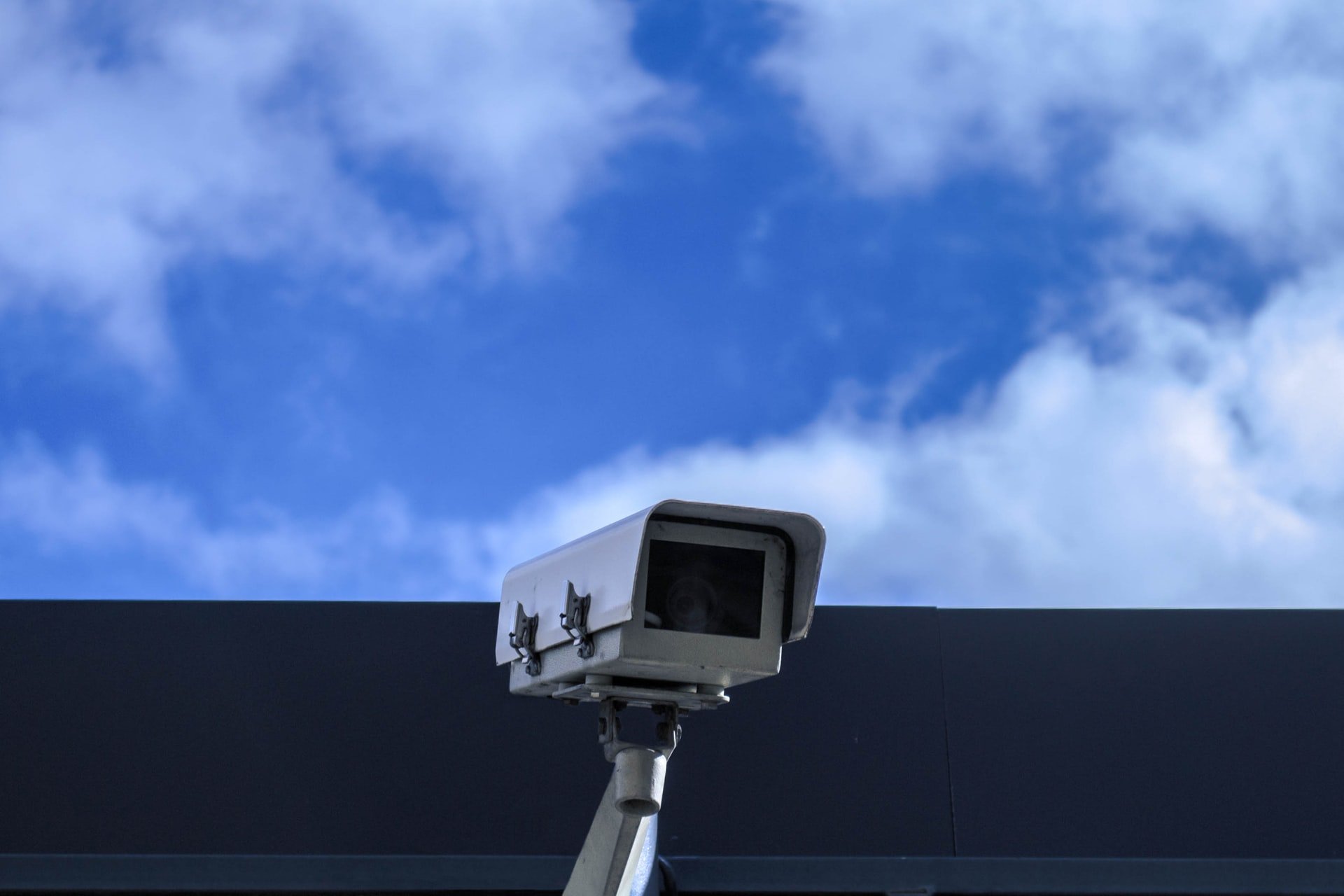
Today’s enterprise organisations are having to play by a new set of cyber and physical security rules. Hackers are getting more advanced, and finding new and faster ways to breach security protocols. The traditional models, in which cybersecurity and physical security teams operate as separate entities, can no longer ensure companies stay protected from the latest threats. Even with converged cyber and physical security teams, a key piece of a successful security strategy is having the right technology and tools.
The prevalence of cloud-based solutions is changing the way enterprises approach security. Because security needs to be monitored at all times, it’s easy to miss a warning sign. Platforms and software that run in the cloud are making it easier for businesses to spot red flags, and take action faster. Here are 5 ways cloud-based technology is impacting cyber and physical security strategies today.
- Integrations across platforms
The rise of IoT and cloud-based tech has made it possible for more systems to communicate than ever before. Integrating security systems and software tools creates a more unified platform, which is easier to manage and control. Integrated systems also reduce the burden on IT teams, bringing multiple systems into a single dashboard. For example, integrating access control and video surveillance systems allows teams to visually verify events as they occur, with real-time video paired with all access activity. Some of the best cloud-to-cloud integrations to streamline business operations include: access control, video surveillance, alarm systems, building management, identity management and provisioning, and cybersecurity tools.
- Automatic patching and software upgrades
Every minute is crucial to mitigating a security breach. With outdated technology, it could take hours or even days just to identify the breach occurred, let alone assess the damages and run the necessary audits. One of the greatest benefits of the cloud is that firmware and software updates can be done over-the-air. This means your systems are always running the latest security features, keeping you better protected from the newest vulnerabilities. Automatic updates are also key for future-proofing enterprise security technology. Instead of having to replace hardware every few years, a few clicks gets you the latest features. For example, a business using a cloud-based keyless entry system can roll out features and product updates that help combat modern threats and safety hazards as soon as they are available, rather than rolling up a maintenance truck or investing in more hardware for every new enhancement.
- Remote access to data and controls
A truly future-proof enterprise doesn’t rely on onsite staff for every single task. The more operations that can be done remotely, the more agile and adaptable your business is to changes. Being able to decentralise operations across multiple locations has some of the greatest impact on cyber and physical security. Now, teams no longer have to be in the area or on-site to accomplish basic tasks like unlocking the door for a delivery, or checking the surveillance footage after receiving an alert. Thanks to the cloud’s remote functionality, everything is right in the palm of your hand.
- Leveraging IoT automations
Automations are the future. No modern system should comprise solely of manual processes. For a truly sustainable, scalable business, you need to be able to leverage automations. While some on-premise security systems do allow for automation, cloud-based systems are generally more dynamic and require less labor to execute automations. For example, a scalable security strategy should include automatic alerts for access events, the ability to automatically disable and deactivate old credentials or accounts, and automatic alerting and routing for emergency procedures. With intuitive cloud-based software, a simple rules engine can make quick work of setting up these automations, and they can be easily adjusted at any time.
- AI-based monitoring and detection
Artificial intelligence is only getting smarter. Installing Al systems gives you the benefit of having technology that learns based on your specific business and trends. Especially when paired with integrations, AI-powered detection tools can help identify security issues faster, and improve the accuracy of your response. Today’s AI-powered video surveillance can detect tailgating, alert teams to unusual behavior, and even report violations for social distancing. Smarter analytics go beyond monitoring, too. AI analytics tools are great for identifying key trends in attendance and space usage to inform key business decisions.
A winning strategy
Migrating security systems to the cloud is a smart way to improve security posturing for enterprises. Today’s businesses need to be more flexible and adaptable. The cloud gives them the opportunity to make adjustments quickly, without incurring additional cost or leaving the business vulnerable to potential security risks. When it comes to meeting business goals and ROI, the right security tools are an important factor in reducing costs, and creating more efficient, scalable systems.






